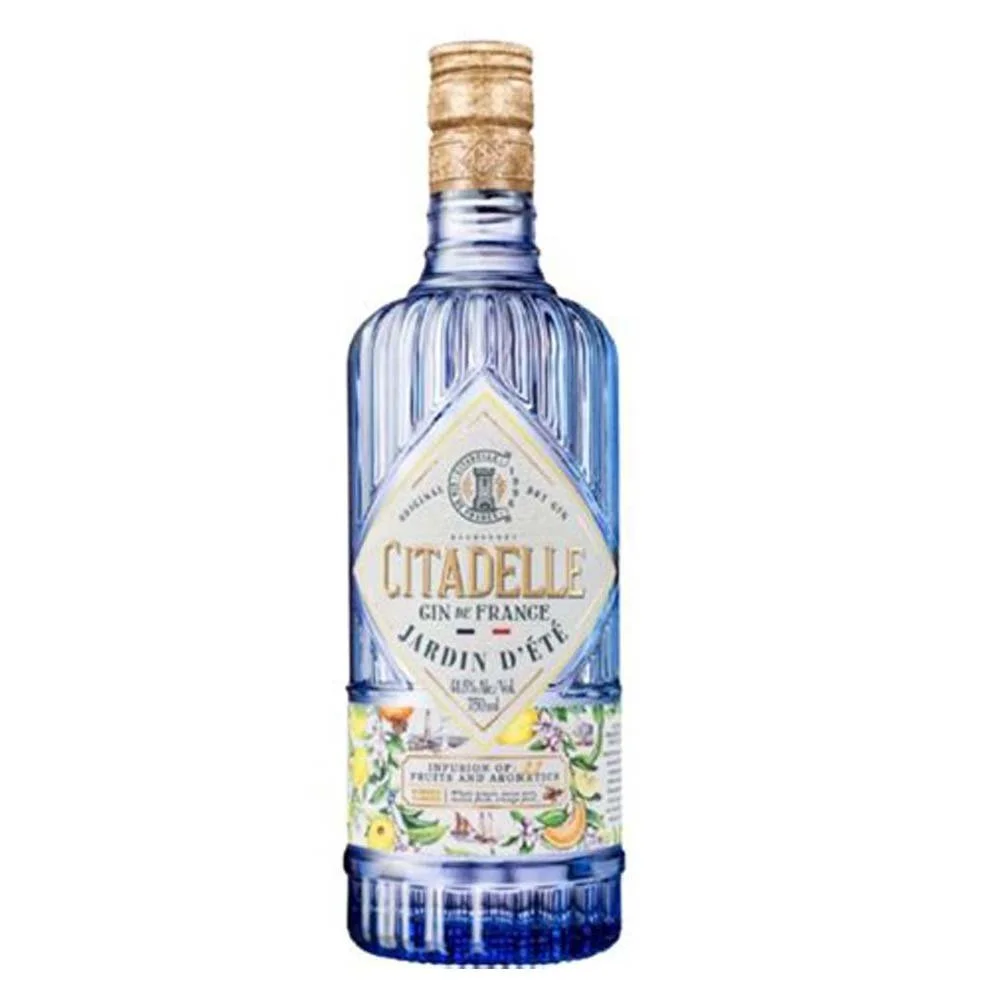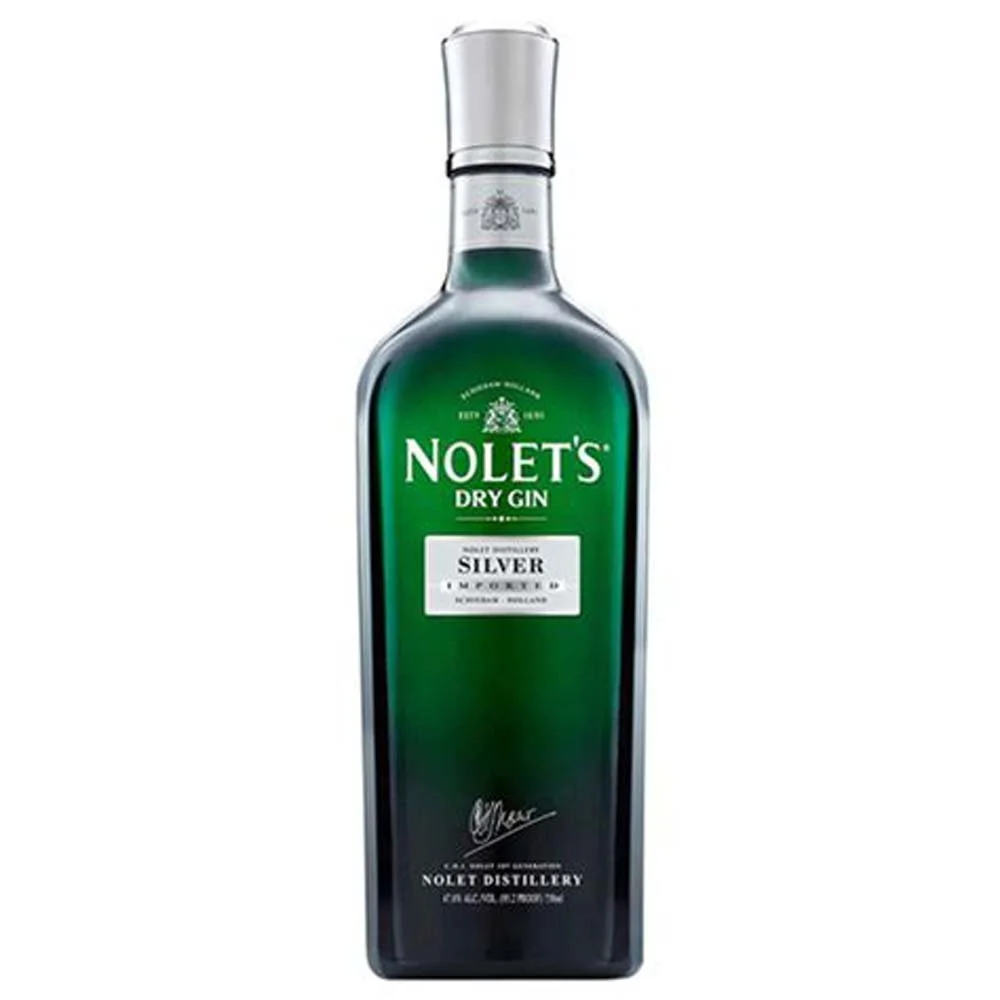LONDON DRY GIN & CLASSIC STYLES
Precision, Purity, and the Taste of Tradition
London Dry is the benchmark of gin—the crisp, juniper-forward style that defines the category in both flavor and regulation. Despite its name, London Dry can be made anywhere in the world, as long as it follows strict production rules: no added flavors or sweeteners after distillation, and a dominant note of juniper on the palate. Alongside other classic styles like Distilled Gin and Dry Gin, London Dry forms the foundation of modern gin culture. It’s the essential style for classic cocktails and the gold standard for clarity, structure, and botanical precision.
Key Characteristics
London Dry gin is clean, dry, and aromatic, with prominent juniper supported by coriander, citrus peel, angelica root, and other botanicals. It must be redistilled with natural botanicals and cannot have artificial flavor or color added after distillation. The result is a transparent, intensely aromatic spirit built for balance and versatility.
Style
Dry, juniper-forward gin; includes:
London Dry
Dry Gin
Distilled Gin
Body
Light to medium
Texture
Crisp, clean, dry, structured
Primary Botanicals
Juniper (mandatory), coriander seed, angelica root, citrus peel (lemon or orange), orris root, cardamom, cassia bark, licorice
Typical Flavors
Juniper, citrus zest, coriander, bitter herbs, pine, pepper, dry floral, earthy spice
Origin & History
The London Dry style emerged in the 19th century with the advent of column stills, which allowed for purer spirit and more precise botanical infusion. Unlike older, sweeter gins of the 1700s, London Dry was dry, bright, and ideal for mixing. It became the global reference point for gin, forming the base of classic cocktails from the Martini to the Negroni. While many brands are produced in London, the name now refers to a style—not a place—and is protected by EU regulations defining how it must be made.
How It’s Made
London Dry must be distilled from a neutral base spirit of agricultural origin. Natural botanicals are either steeped in the spirit before distillation or added to a gin basket for vapor infusion. After distillation, no flavors or sweeteners may be added, and the final gin must retain juniper as the dominant aroma and flavor. Other classic styles like Distilled Gin follow similar methods but may allow minimal post-distillation flavor adjustments.
Notable Styles
London Dry gins are prized for structure, clarity, and cocktail precision. Key variations include:
Traditional London Dry
Classic juniper-citrus-coriander profile (e.g., Beefeater, Tanqueray)
High-Botanical Dry Gins
Stronger aroma and richness (e.g., Bombay Sapphire, Sipsmith)
Modern Dry Gins
Keep the dry style but elevate select botanicals like grapefruit or lavender
Distilled Gin
Non-London Dry
May be slightly less strict, sometimes used for entry-level or flavored gins with a dry base
Cocktail Pairings
London Dry is the backbone of the gin cocktail canon, built for balance, clarity, and bite. It excels in stirred and shaken classics.
Classic Cocktails
Martini, Gin & Tonic, Tom Collins, Negroni, Gimlet, Corpse Reviver #2
Modern Mixes
Cucumber Basil Gin Sour, Grapefruit Thyme Collins, Rosemary Negroni, Yuzu Dry Martini
Food Pairings
Pairs beautifully with seafood, salty snacks, and herbal dishes. The clean profile enhances rather than competes with food.
With Savory
Grilled white fish, oysters, cucumber salad, citrus-marinated olives
With Cheese
Goat cheese, fresh ricotta, herbed chèvre, salty feta
With Dessert
Lemon tart, juniper shortbread, gin & tonic sorbet, almond biscotti
How to Serve It
Glassware
Coupette or Martini glass (for stirred cocktails), highball (for tonic), or Nick & Nora
Temperature
Chilled for cocktails; never served neat unless used for sensory training or tasting
Storage
Store upright in a cool, dark place. London Dry gin is shelf-stable and maintains quality for years if sealed
Fun Fact
The name “London Dry” has nothing to do with location—it refers solely to the production method and style. A London Dry gin made in California or Tokyo is just as legit as one made in London.
Try This If You Like
Vodka with a botanical edge
Classic cocktails with sharp definition
Crisp white wines
(Sauvignon Blanc, Albariño)
Tequila blanco
For its citrus-mineral bite
Recommended Producers
These houses exemplify the diversity and craftsmanship of modern gin, blending traditional techniques with innovative botanicals and bold expressions of style.
Citadelle
A pioneer of French gin, known for its elegant balance of 19 botanicals and refined, aromatic complexity.
Conniption
An innovative American distillery crafting unique gins like Kinship, which combines classic flavor with eye-catching color from butterfly pea flower.
Monkey 47
A cult-favorite German gin from the Black Forest, delivering intense botanical complexity and depth with each small batch.
Nolet’s
A Dutch legacy producer offering a contemporary, floral-forward gin that redefines the category with elegance and finesse.
Recommended Pours
Citadelle Gin — A refined French gin with a complex bouquet of 19 botanicals, offering floral, citrus, and spice notes with a silky finish.
Conniption, Kinship, Pea Flower Gin — A visually striking, indigo-colored gin that changes hue with citrus, blending bright botanicals and floral depth from butterfly pea flower.
Monkey 47 - Gin — A cult-favorite German gin made with 47 botanicals, bursting with forest herbs, citrus, spice, and exceptional complexity.
Nolet's Gin — A modern, floral-forward Dutch gin with notes of rose, peach, and raspberry layered over a soft, silky base.





